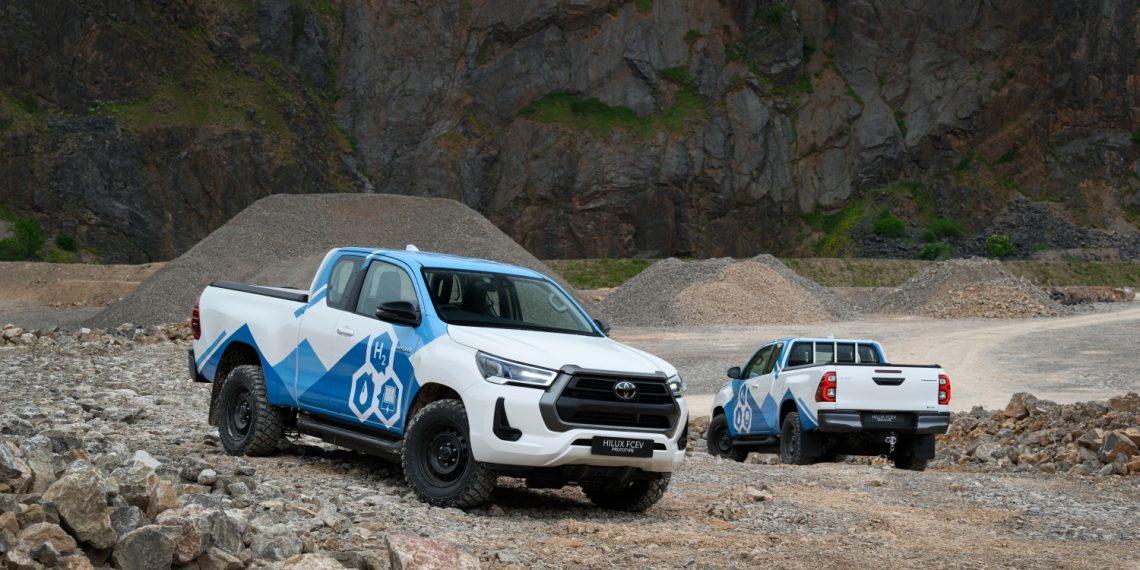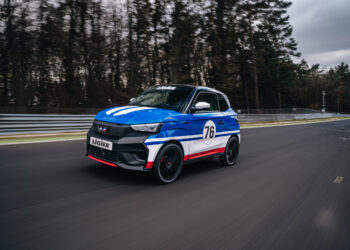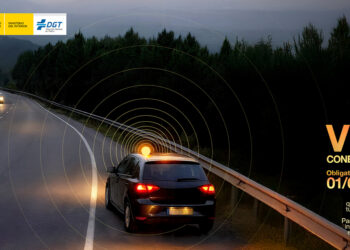Toyota has confirmed that it has already produced 10 units of the Hilux with hydrogen fuel cell technology, intended for testing and demonstration purposes.
With this project, Toyota takes another step towards its strategy of having a line of vehicles exclusively with zero emissions by 2035 and achieving complete carbon neutrality by 2040.
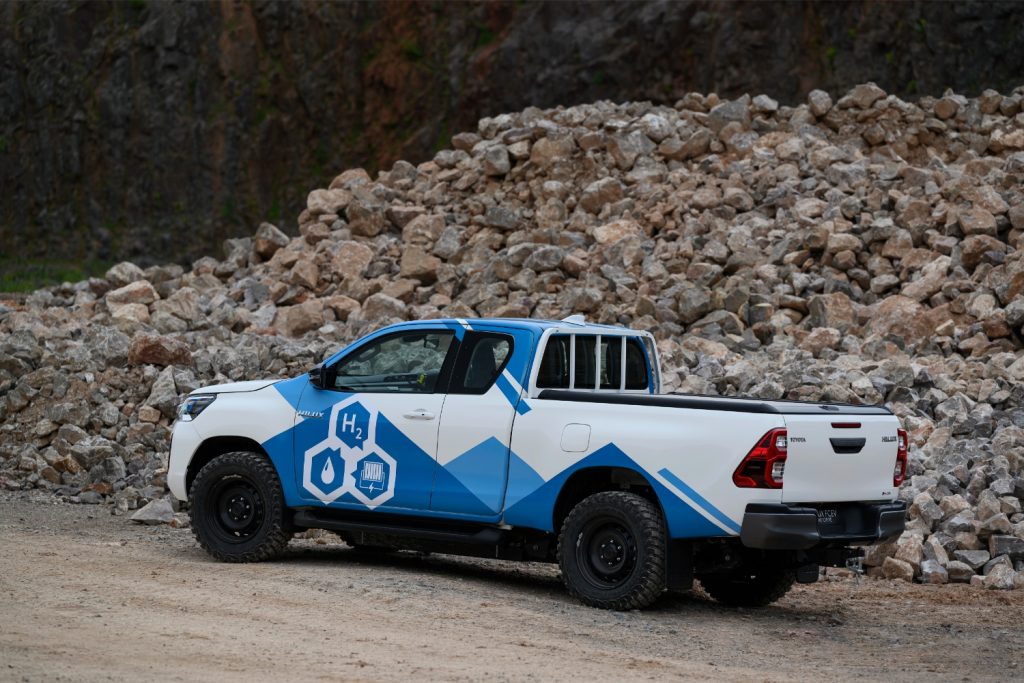

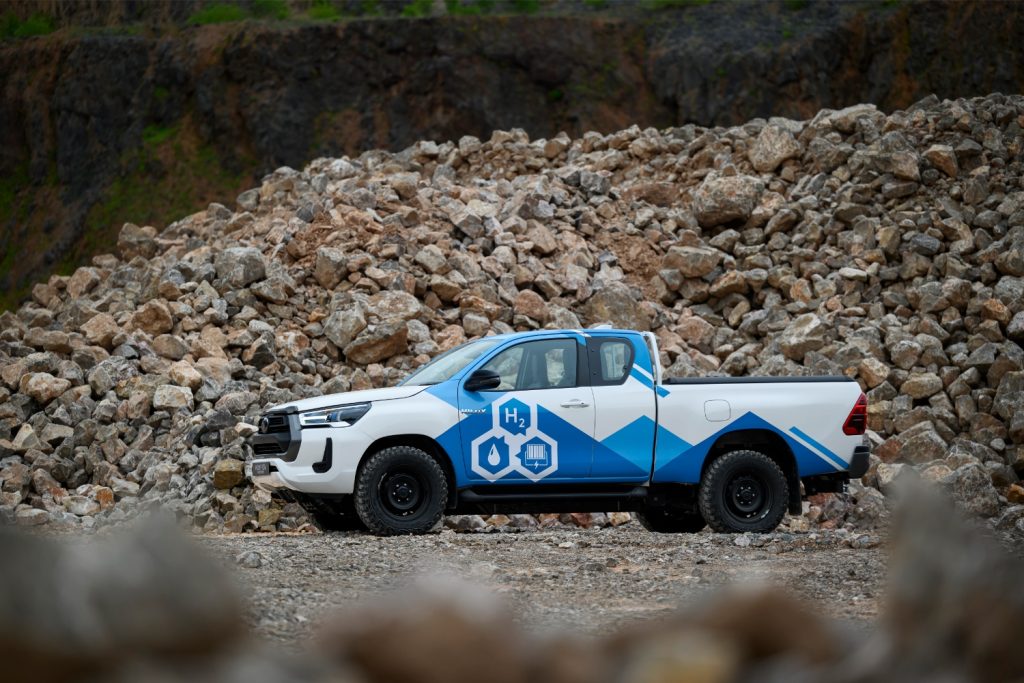
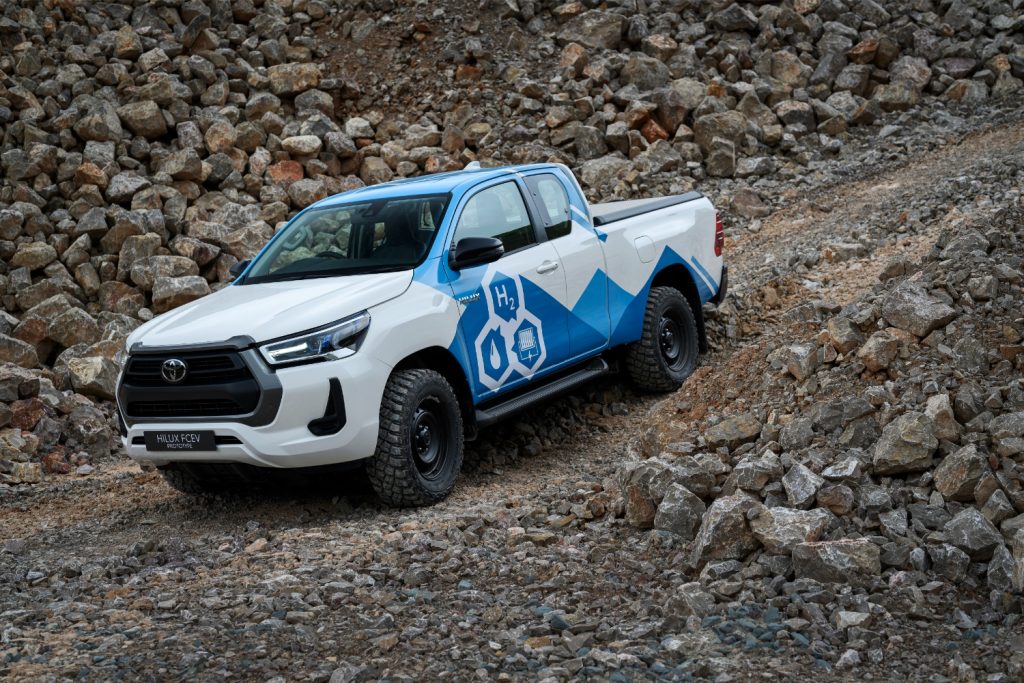
For this, the Japanese brand remains determined and, to bet on a multi-energy plan, which includes various propulsion concepts for different needs and markets, from hybrid vehicles, plug-in hybrids, 100% electric models, fuel cells, and combustion engines with synthetic fuels.
The production of the 10 units of the Hilux with hydrogen fuel cell technology took place at the Burnaston factory in the United Kingdom, and five of these new units are undergoing tests to evaluate the performance, safety, and durability that allow the Japanese brand to collect data in real situations.
The other five units will be involved in demonstrations for customers and media, including at the upcoming Paris 2024 Olympic and Paralympic Games.

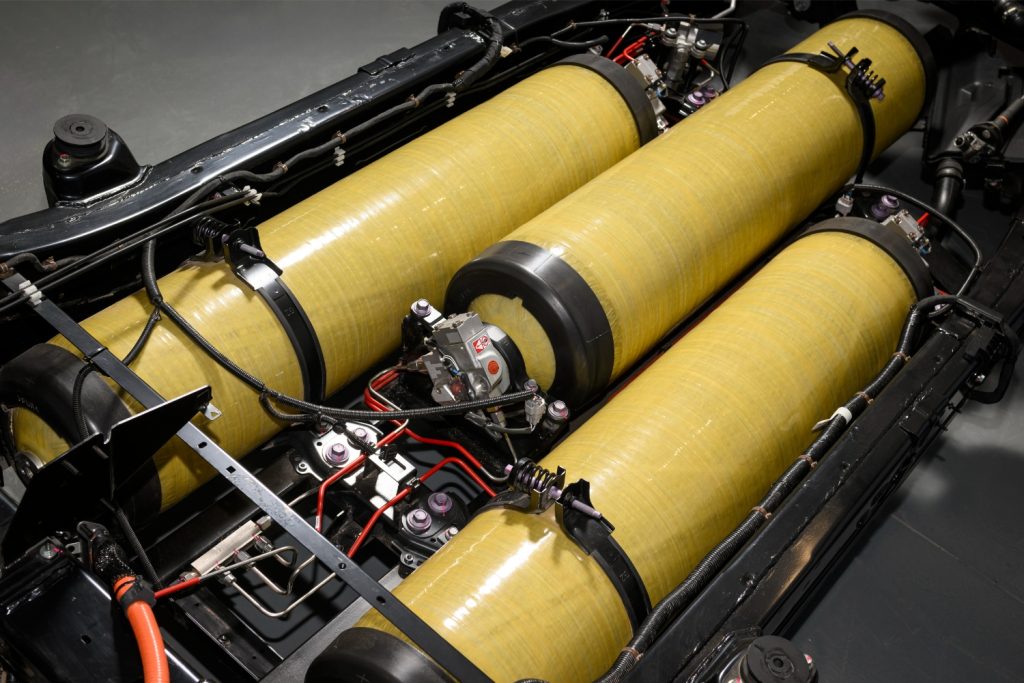
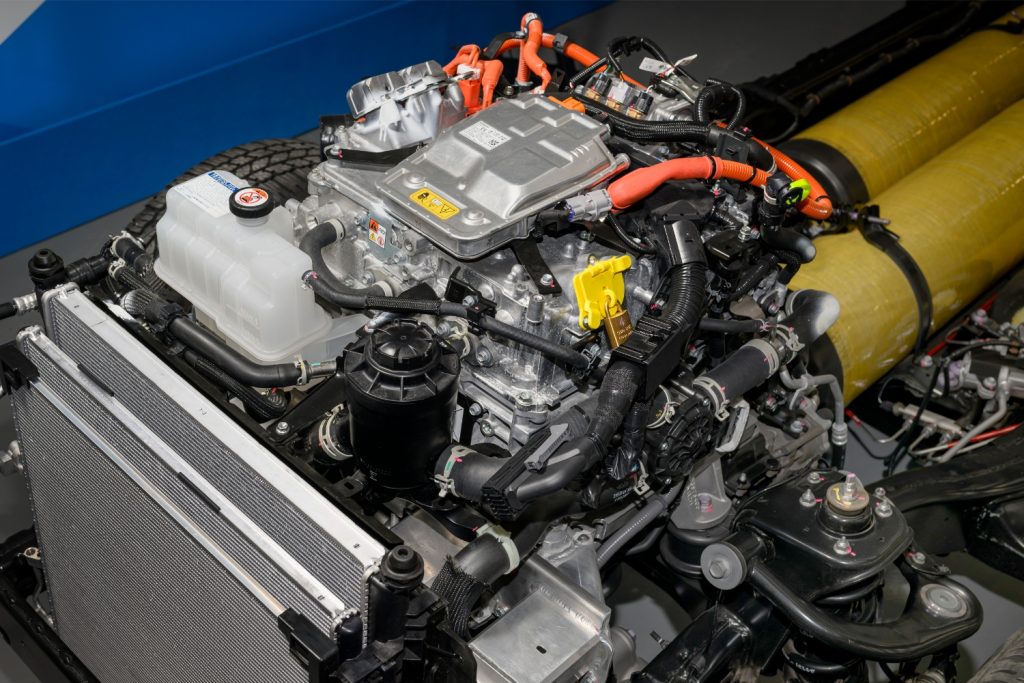
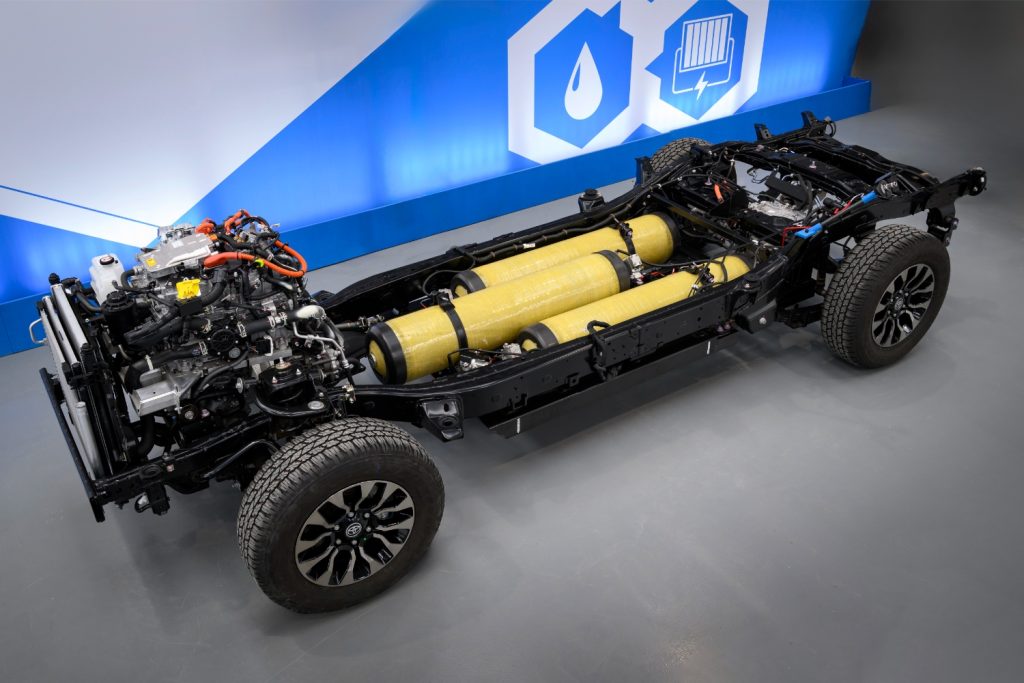
Esthetically, the Hilux FCEV Prototype maintains the dimensions and appearance of the conventional model, with a length of 5.32 m, a width of 1.85 m, and a height of 1.81 m, but Toyota’s fuel cell technology distinguishes it as a pioneer.
With an expected range of up to 600 km, the Hilux features three high-pressure fuel tanks, each containing 2.6 kg, for a total system capacity of 7.8 kg.
The polymer electrolyte fuel cell stack contains 330 cells and is mounted above the front axle. The fuel cell Hilux is equipped with rear-wheel drive through a rear axle electric motor that provides 182 hp of power and 300 Nm of maximum torque. During driving, the fuel cell does not produce any exhaust emissions, only pure water.

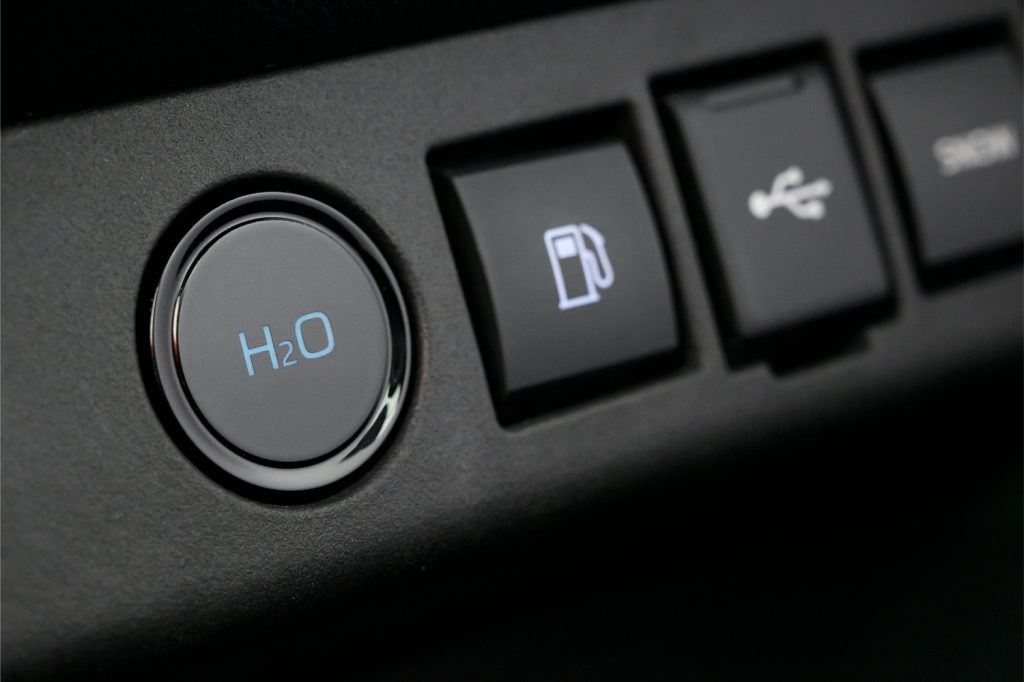

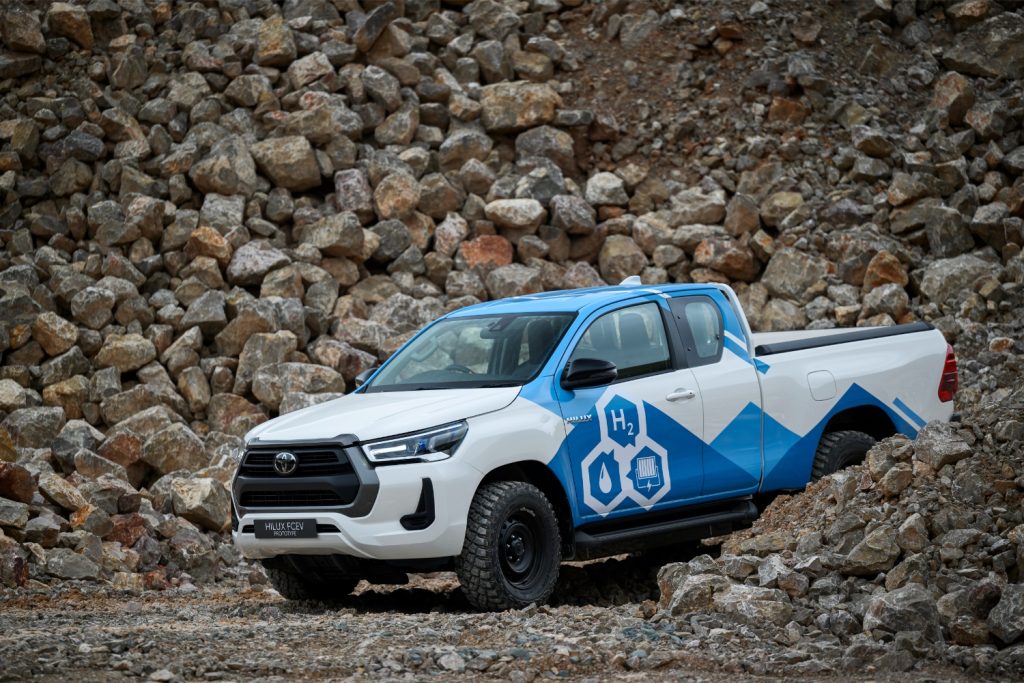
Recorde-se que a Toyota anunciou recentemente que está a trabalhar na nova geração de pilha de combustível, que vai chegar ao mercado em 2026, e que vai abrir uma fábrica na Europa que será responsável pela produção de um número crescente de sistemas de pilha de combustível e pelo apoio a um grupo cada vez maior de parcerias comerciais, em linha com a estratégia da empresa de alcançar a neutralidade carbónica na Europa até 2040, dez anos antes da meta global da Toyota.
A Toyota espera que o mercado europeu seja um dos maiores mundiais a nível de pilha de combustível de hidrogénio até 2030, com aceleração constante de diferentes aplicações de mobilidade e geração de energia.

